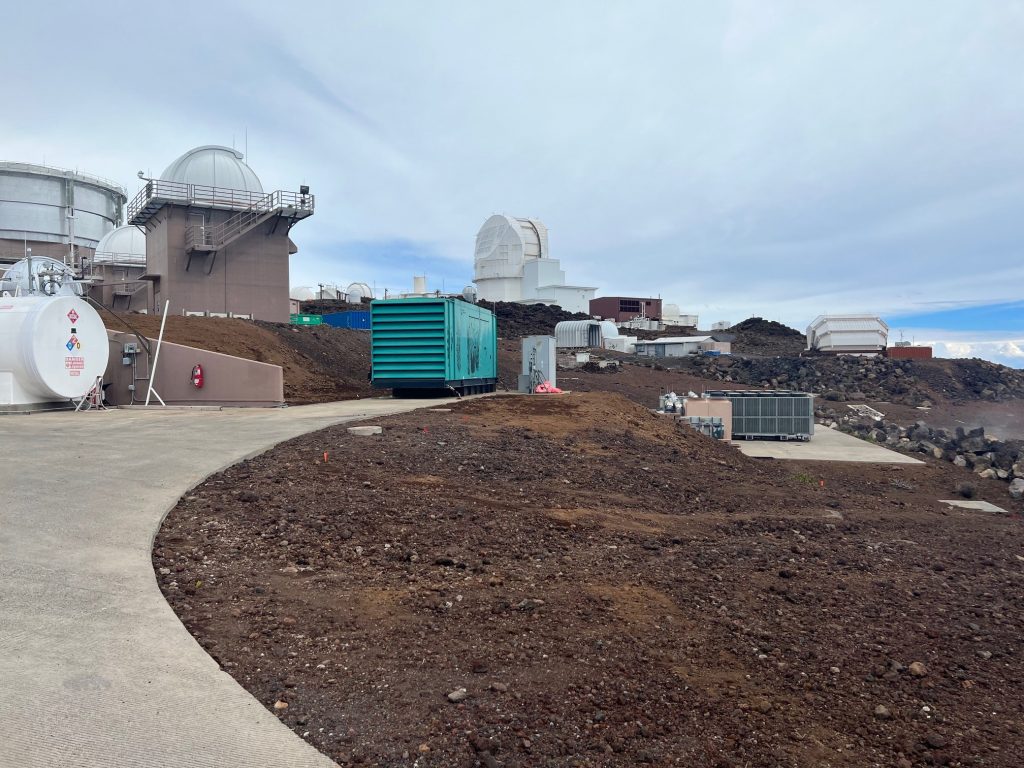Phase 1 excavation complete at Haleakalā following 700 gallon fuel spill

Phase 1 of excavation at the Maui Space Surveillance Complex was completed March 22, 2023, according to an update provided by the US Space Forces. This comes following a 700 gallon diesel fuel spill at the Maui Space Surveillance Complex in January.
Workers removed approximately 43 sacks of soil estimated at 84,000 pounds, replacing it with soil gathered at a nearby site. The soil removed is being safely stored at the summit of Haleakalā until a remediation plan is approved in Phase 3.
Excavation averaged to about three feet depth of previously disturbed soil, due to slope and safety limitations, according to the update.

With the completion of Phase 1, a contract for Phase 2 is slated for award by the end of March. Once awarded, a work plan will be developed, then approved by the Hawaiʻi Department of Health.
Phase 2 involves taking core samples at a depth of 40, 80 and 200 feet, to determine scope of contamination. Work on Phase 2 may start in May, with a report available by August. Laboratory results from that sampling will guide the Phase 3 remediation plan.
A team of engineers, led by the Air Force Civil Engineer Center, is leading the recovery efforts in conjunction with Native Hawaiian organizations and various governmental agencies.
“We are working seven days a week, weather permitting, in order to safely and respectfully restore this sensitive site,” said Col. Marc Brock, Space Delta 2 commander. “We recognize the significance of Haleakalā, and we have a special obligation to care for it.”
Work is also underway to possibly replace the generator with a smaller, more efficient one, minimizing fuel storage requirements. Part of that discussion is exploring the addition of a tertiary containment system to prevent a future mishap.

The Maui-based 15th Space Surveillance Squadron, which operates the MSSC, is part of Space Delta 2, the US Space Force entity responsible for space domain awareness around the globe. At more than 10,000 feet elevation, Air Force representatives say the location atop Haleakalā provides some of the best astronomical viewing conditions on Earth.









